The enchantment of home aquariums has been capturing hearts for generations, turning living areas into lively, colorful ecosystems teeming with life. Fish are frequently lauded as low-maintenance pets; they don't require walks, eat sparingly, and take up minimal space.
Beyond their ease of care, well-maintained aquariums enhance any environment with their vitality and visual appeal, essentially acting as living art installations. Yet, the task of keeping a fish tank in prime condition extends beyond mere weekly water changes—it's a more nuanced process than it may seem.
As such, it's vital to thoroughly understand the nuances of proper fish tank maintenance before making a spontaneous decision to invest in a complete aquatic setup.
With that said, are you curious about the lasting appeal of home aquariums? Do you want to know how to identify the most suitable types for various spaces? We have the answers to these questions and many more!
Are Home Aquariums Still Popular?
Despite the myriad distractions of the digital era, the allure of home aquariums shines as brightly as ever. These tranquil aquatic sanctuaries provide a peaceful retreat for many of us, melding the elements of interior design, pet care, and environmental stewardship into a harmonious whole.
Functioning as dynamic, living art pieces, they not only beautify living spaces but also offer therapeutic advantages by alleviating stress and promoting mental well-being. The movement towards customizing tanks, along with innovations in aquarium technology, propels the enduring appeal of home aquariums, securing their place as cherished additions in homes worldwide.
The aquarium hobby, indeed, retains its popularity on a global scale, with countless individuals embracing fishkeeping as a rewarding domestic activity. Despite potential fluctuations influenced by costs, time commitments, or environmental concerns, the enduring charm of nurturing aquatic life in home aquariums continues to captivate enthusiasts around the planet.
Which Type of Aquarium Is Best for Home?
Choosing the ideal aquarium for your home is a decision influenced by numerous factors, such as available space, budget constraints, and the level of dedication you're prepared to commit. Below, we delve deeper into the most prevalent aquarium types, each offering a unique glimpse into aquatic life:
Freshwater Aquariums
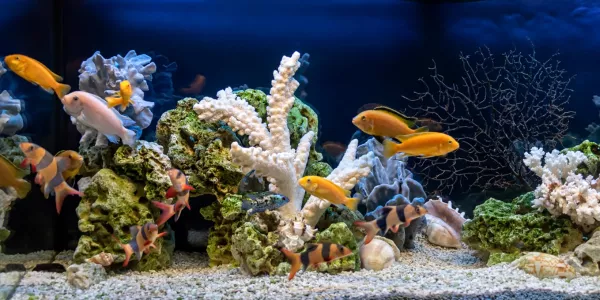
Freshwater aquariums are often recommended for those new to the hobby, thanks to their affordability and relatively straightforward maintenance routines. These aquariums provide a hospitable environment for a diverse array of fish and plant species, allowing for significant customization.
From tranquil community tanks featuring species like tetras and guppies to more themed setups like Amazon biotopes with angelfish and discus, freshwater aquariums offer a broad spectrum of possibilities for personalization and enjoyment.
Saltwater Aquariums
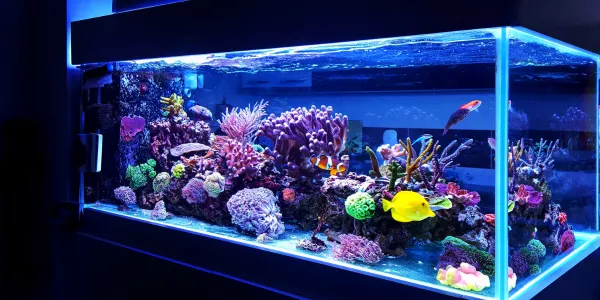
Saltwater or marine aquariums are celebrated for their colorful and dynamic marine inhabitants, including a variety of corals, fish, and invertebrates like starfish and clams. These tanks replicate ocean environments and require a deeper understanding of marine biology, as well as more complex equipment such as protein skimmers and reef lighting.
Despite the higher initial investment and maintenance demands, the beauty and diversity of marine life they support make saltwater aquariums particularly appealing to those with a passion for the ocean's depths.
Reef Aquariums
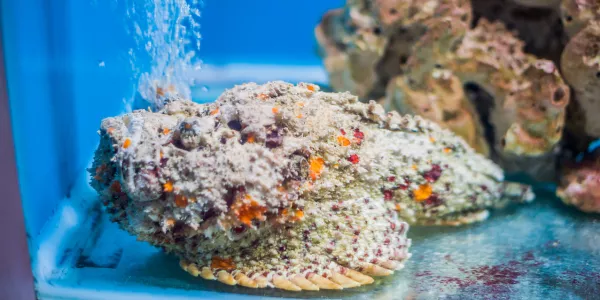
Reef aquariums, a specialized segment within saltwater setups, concentrate on cultivating coral reefs and supporting the intricate ecosystems they host. These tanks are not just about the fish but also about the symbiotic relationships between corals, invertebrates, and microorganisms.
Maintaining a reef tank involves strict control over water parameters, lighting intensity, and flow to mimic natural reef conditions closely. The reward, however, is a mesmerizing, ever-evolving coral landscape that can become the centerpiece of any room.
Planted Aquariums
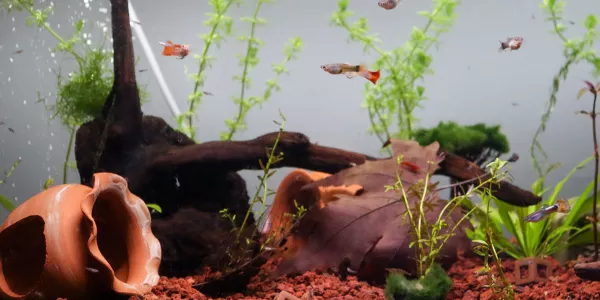
Planted aquariums, also known as "aquascapes", focus on the art and science of growing aquatic plants. This type of aquarium can be set up in both freshwater and saltwater environments, though freshwater variants are more common.
Aquascaping combines elements of gardening, underwater design, and fishkeeping to create stunning, naturalistic scenes ranging from dense jungles to minimalist compositions. Success in planted tanks often hinges on the correct balance of lighting, CO2 supplementation, and nutrient dosing, offering a rewarding challenge to those interested in the intersection of botany and aquatics.
When selecting an aquarium, consider the ecosystem you wish to create and the care it will need. Each type offers a unique window into the underwater world, with endless possibilities for customization.
How Many Home Aquariums Are in the US?
Exact numbers fluctuate, but estimates suggest that millions of households in the US boast at least one aquarium. The hobby's popularity spans all ages and demographics, making aquarium-keeping one of the most beloved pastimes. The vibrant community of aquarists, along with clubs, forums, and social media groups, continues to grow, reflecting the widespread enthusiasm for aquatic life and aquarium care.
How to Clean and Maintain a Freshwater Aquarium
Maintaining a freshwater aquarium is essential not only for the aesthetic appeal of your setup but, more importantly, for the health and well-being of its inhabitants. A well-maintained aquarium ensures your aquatic pets live in a stable and healthy environment. Here’s an expanded guide to help you keep your freshwater aquarium in top condition:
Regular Water Changes
Performing regular water changes is fundamental to maintaining water quality. It's recommended to change 10-25% of the tank water every two weeks. This process dilutes toxins and replenishes essential minerals and trace elements. Use a siphon to remove water and to vacuum the gravel simultaneously, which helps in removing uneaten food, fish waste, and other debris that accumulate over time.
Cleaning the Substrate
The substrate, or the tank's bottom layer, can harbor waste and debris, contributing to ammonia and nitrite spikes if not cleaned regularly. A gravel vacuum effectively cleans the substrate without removing it from the tank. Insert the vacuum into the gravel and stir slightly to dislodge waste while the siphon removes the debris. Be thorough yet gentle to avoid stressing your fish and disrupting the tank's setup.
Filter Maintenance
Aquarium filters play a crucial role in maintaining a clean and healthy environment by removing physical waste and hosting beneficial bacteria that neutralize harmful ammonia and nitrites.
Clean your filter monthly to ensure it operates efficiently but be mindful not to overclean, especially the biological media, as this could remove the beneficial bacteria essential for nitrogen cycling. Rinse filter components in water taken from the aquarium to preserve these bacteria.
Algae Control
Algae growth is a common issue in many aquariums. While some algae are normal, excessive growth can be unsightly and harmful to plants and fish. Controlling light exposure by limiting the number of hours your tank receives light (natural and artificial) to about 8-10 hours a day can significantly reduce algae growth.
Introducing algae-eating fish, such as plecos or otocinclus, or using manual removal methods like algae scrapers can also help manage algae levels. Be cautious with chemical treatments, as they can affect the tank's pH balance.
Monitor Water Parameters
Keeping a close eye on your aquarium's water parameters is vital for detecting and preventing potential issues. Regularly test the water for pH, ammonia, nitrite, and nitrate levels using a reliable aquarium test kit.
The ideal parameters vary depending on the fish and plants you keep, but generally, ammonia and nitrite levels should be at 0 ppm, nitrates should be below 20 ppm, and pH should be stable within the range suitable for your aquatic life. Adjustments to water chemistry should be made gradually to avoid stressing the inhabitants.
People Also ask
Can I Mix Different Types of Fish in My Aquarium?
If the fish share a similar temperament (leaning towards calmness rather than aggression) and are of comparable sizes, they will generally coexist peacefully. However, an exception exists for fin-nibbling species and those with elaborate fins; fin-nibblers typically do not bother fish with standard fins but are prone to nibbling on the more elaborate, "fluffy" fins.
How Big Should My First Aquarium Be?
For those setting up their first aquarium, it's advisable to start with a tank that holds at least 20 gallons (80 liters), though opting for a bigger size is preferable. A tank with a capacity of 29 gallons or 30 gallons (approximately 120 liters) or more is an excellent choice for beginners in the hobby.
Do Aquariums Use a Lot of Electricity?
An average-sized aquarium holding 30 gallons is expected to consume 150 to 200 kWh annually, whereas a larger tank of 55 gallons may require 200 to 400 kWh per year. These estimates take into account the essential equipment needed and are meant to provide a general idea of energy usage.
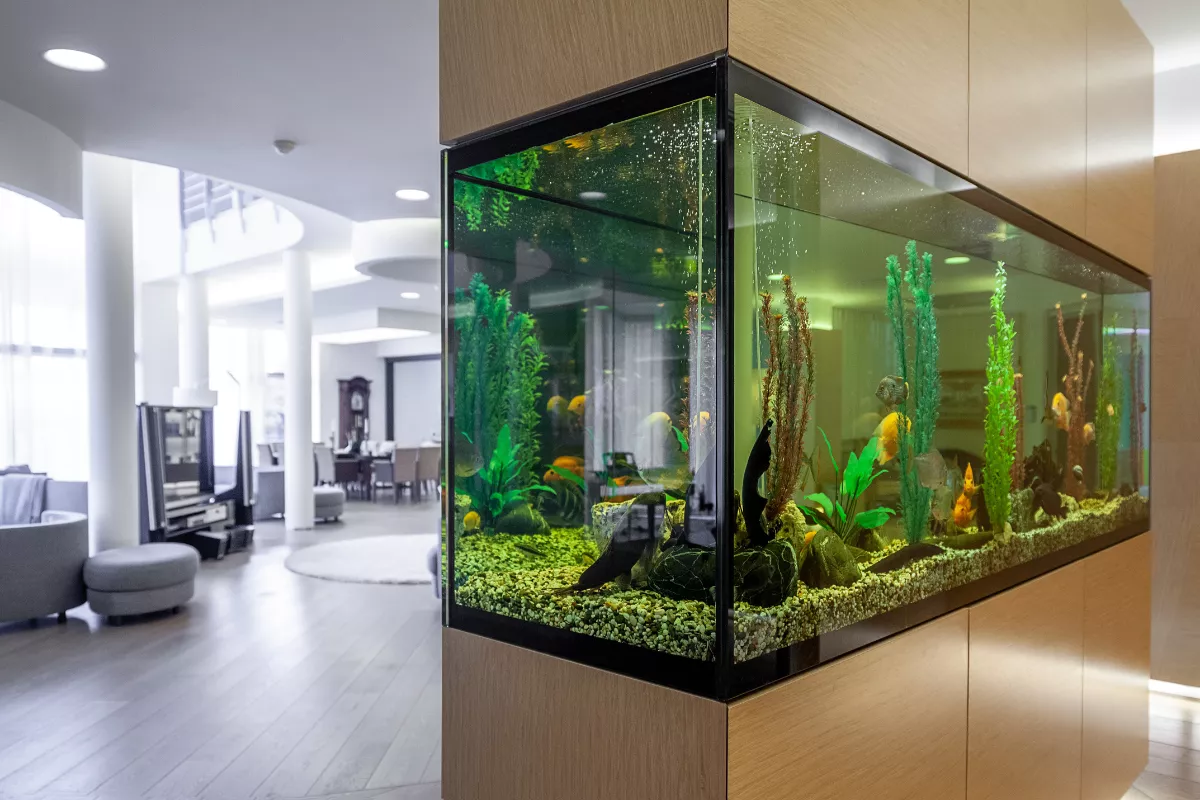
 Marcio Vasconcelos
Marcio Vasconcelos





